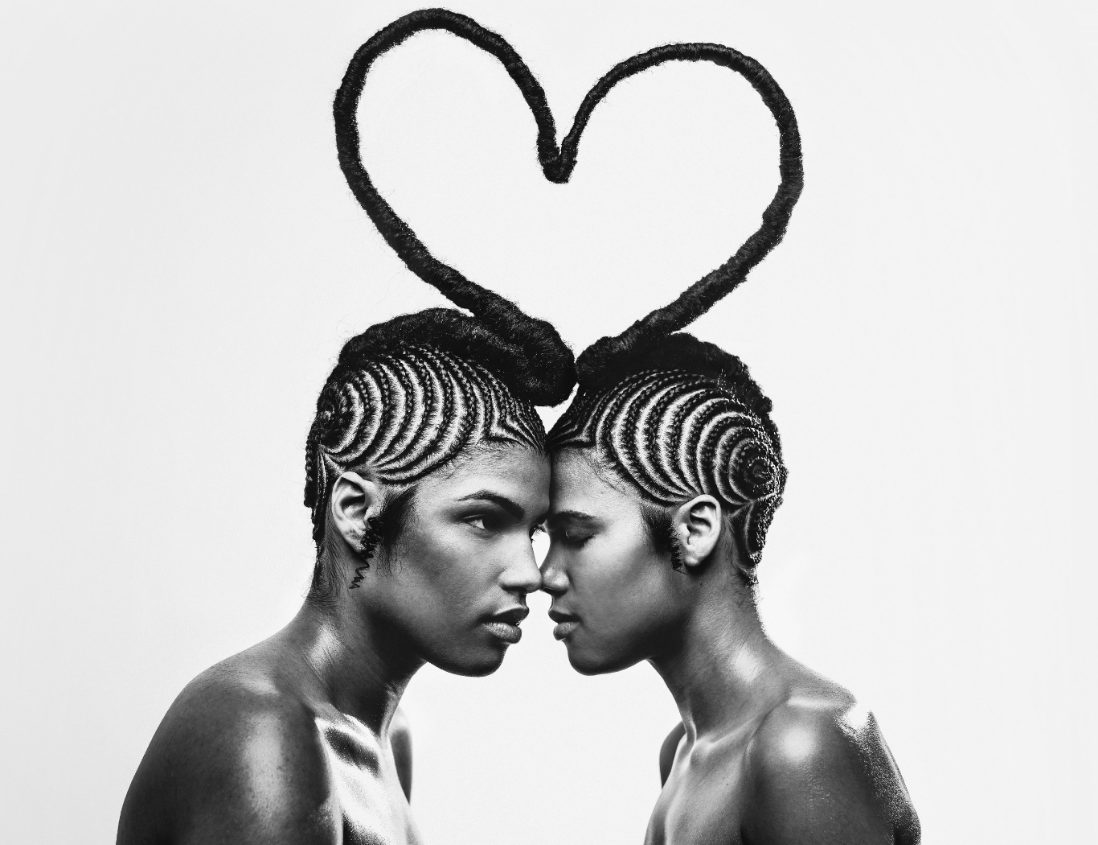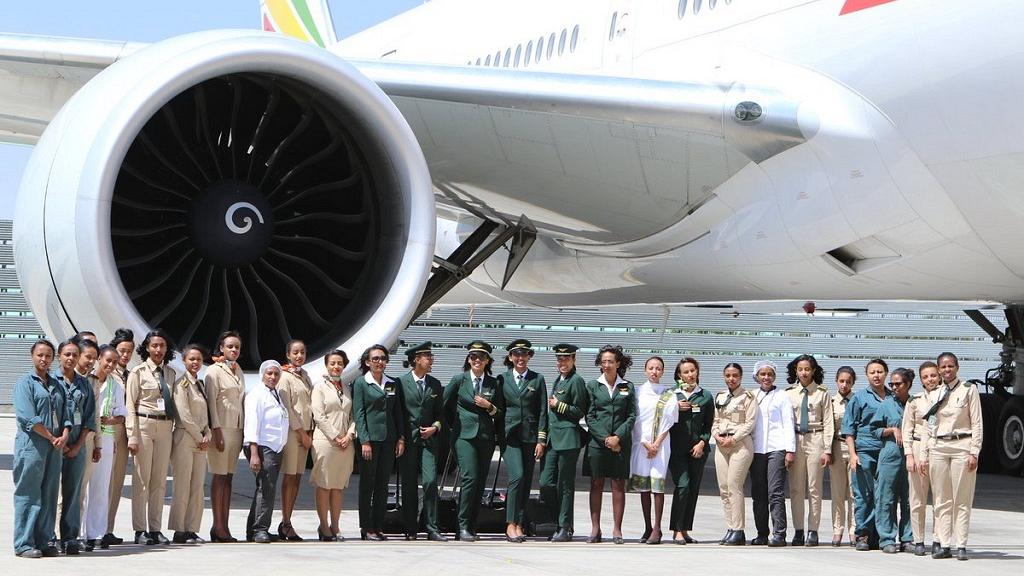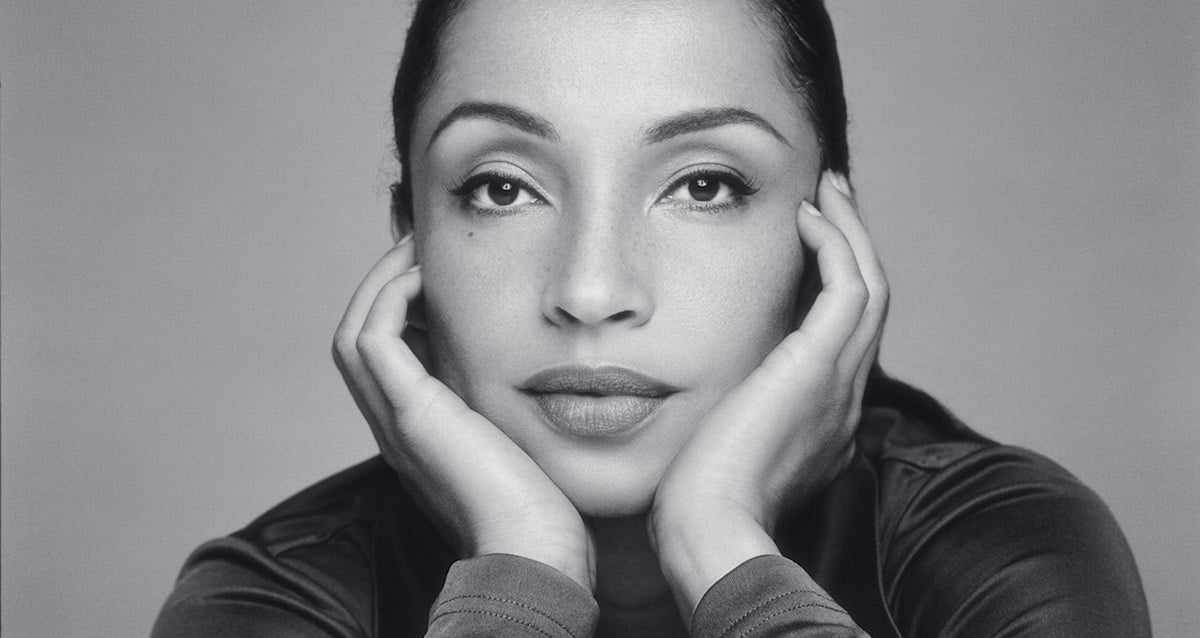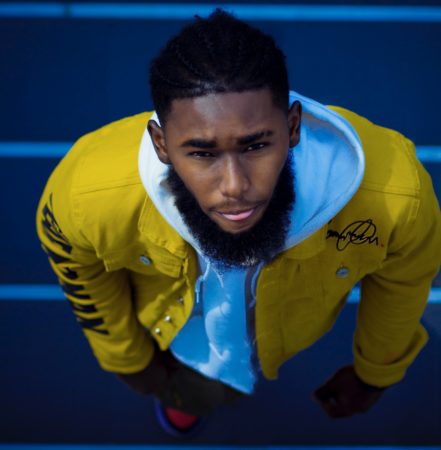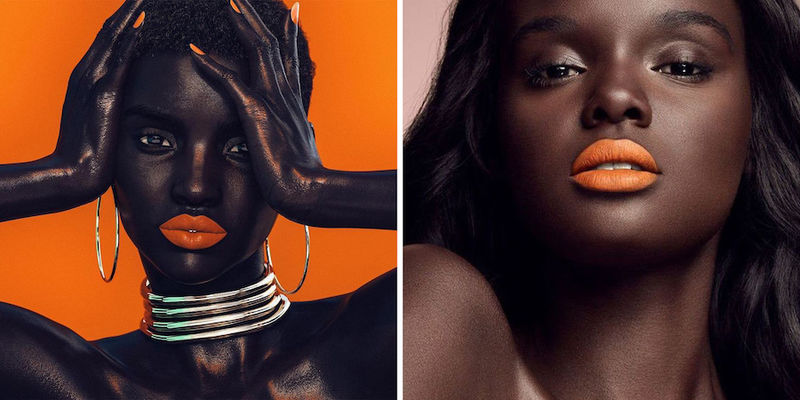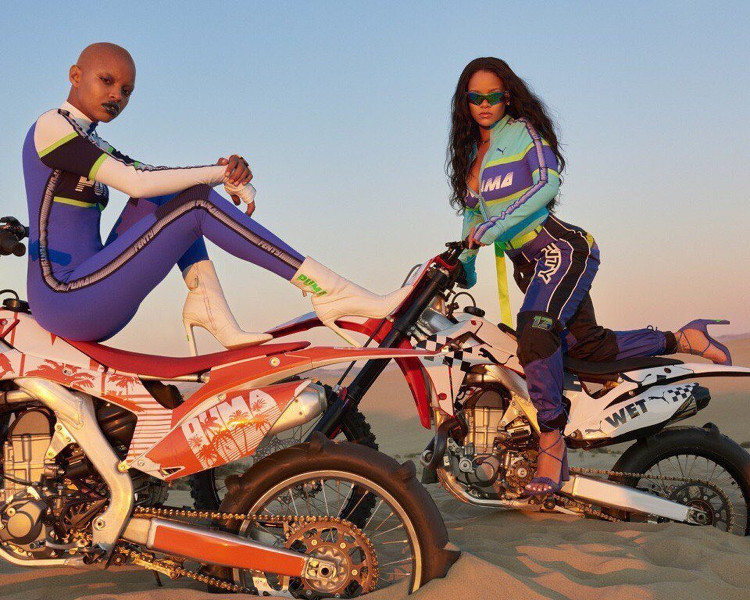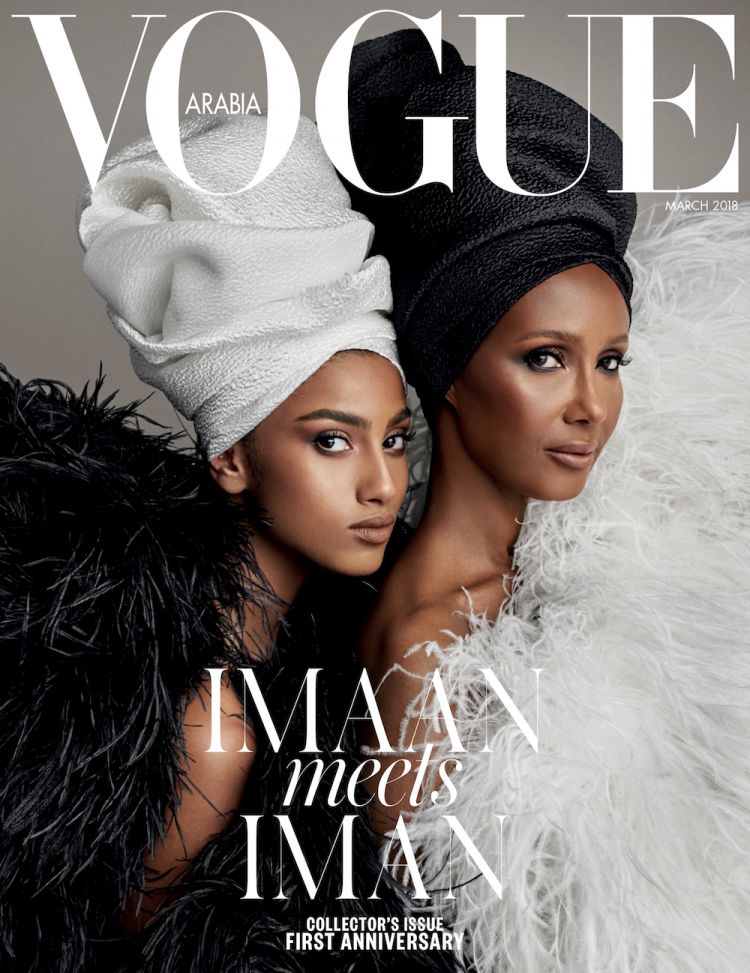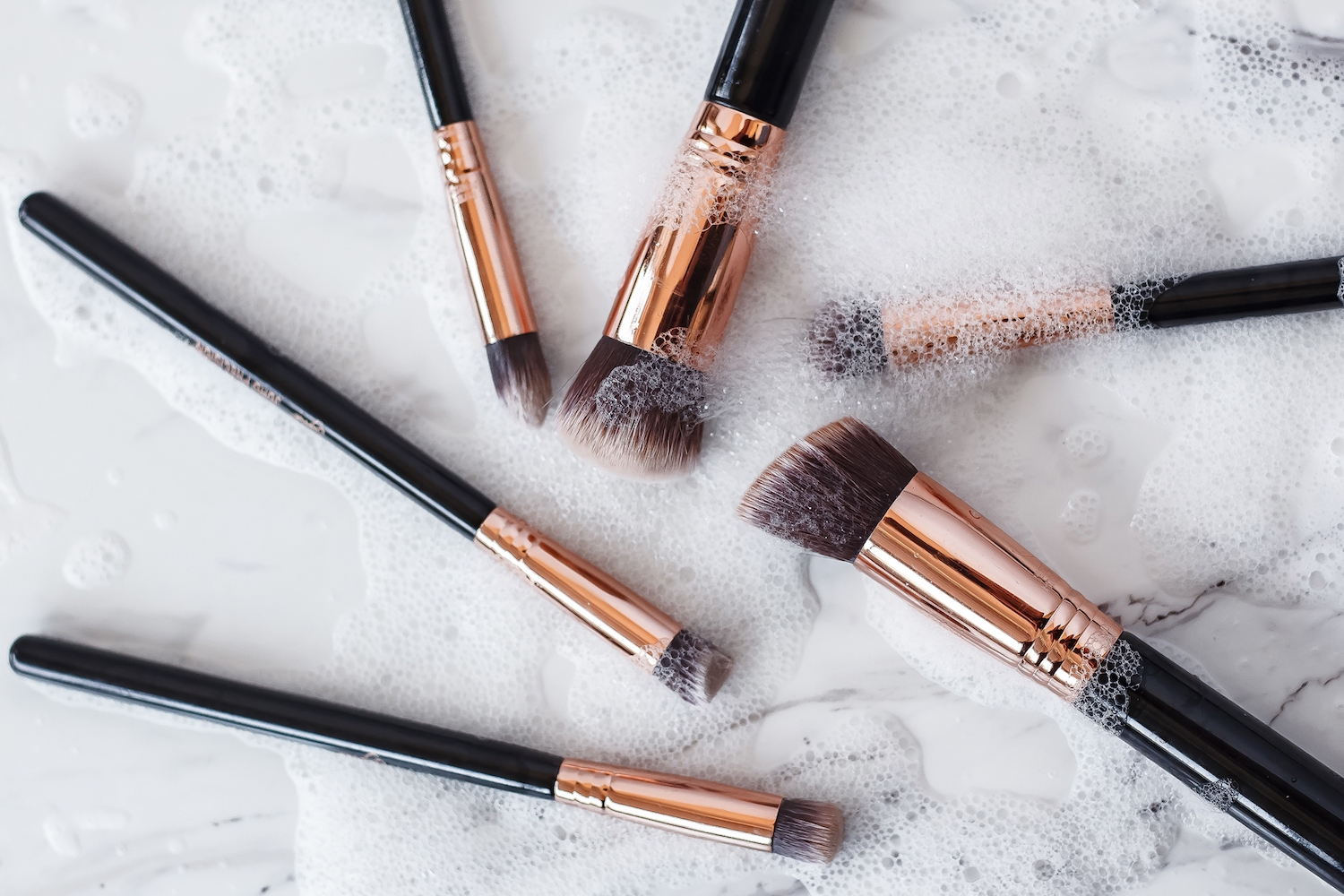Shani Crowe is an interdisciplinary artist from Chicago’s south side. She received her BFA in film production from Howard University’s John H. Johnson School of Communications in 2011. Her work is centered on cultural coiffure and beauty ritual, as they relate to the diasporic African, and how these practices function as tools to foster connectivity.
Braiding is universal — but it strikes a particularly intimate chord with African-American women, and this is what Chicago-based artist Shani Crowe dedicates to and looking to change the perception of braids. The collection of images highlights insanely detailed and intricate braided ‘dos, which Crowe created after years and years of practice. Crowe enlisted the help of friends to model her creations. She also photographed, edited, and braided each and every look herself. 
According to her,
“BRAIDS is a series of photographic portraits celebrating the beauty and nuanced artistry of hair braiding. Influenced by an Afro-centric, non-linear time sense where past, present, and future are intertwined and concurrent, BRAIDS draws from a variety of eras. It is an amalgamation of inspiration from ancient artifacts, traditional African braid styles, popular culture, and Afro-futurism, filtered through my perspective. Each portrait can be appreciated at face value, but the imagery conjures a specific nostalgia for African American women who remember both having their hair braided and braiding someone else’s. The opportunity for deeper understanding among Black Women allows a paradigm shift, where a group seen as a double minority has an inherent advantage. By referencing an intergenerational collective memory, seated in the crest of the Black feminine experience, I create an instance of privilege.”

